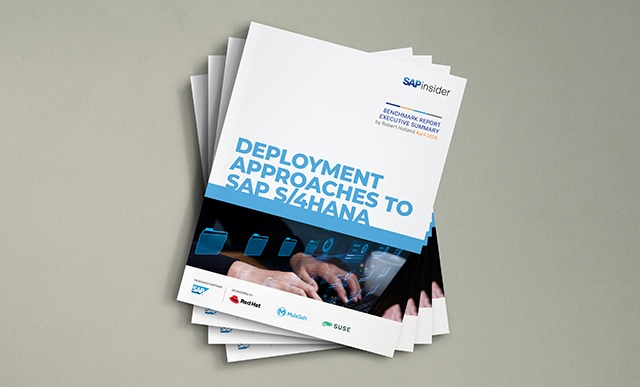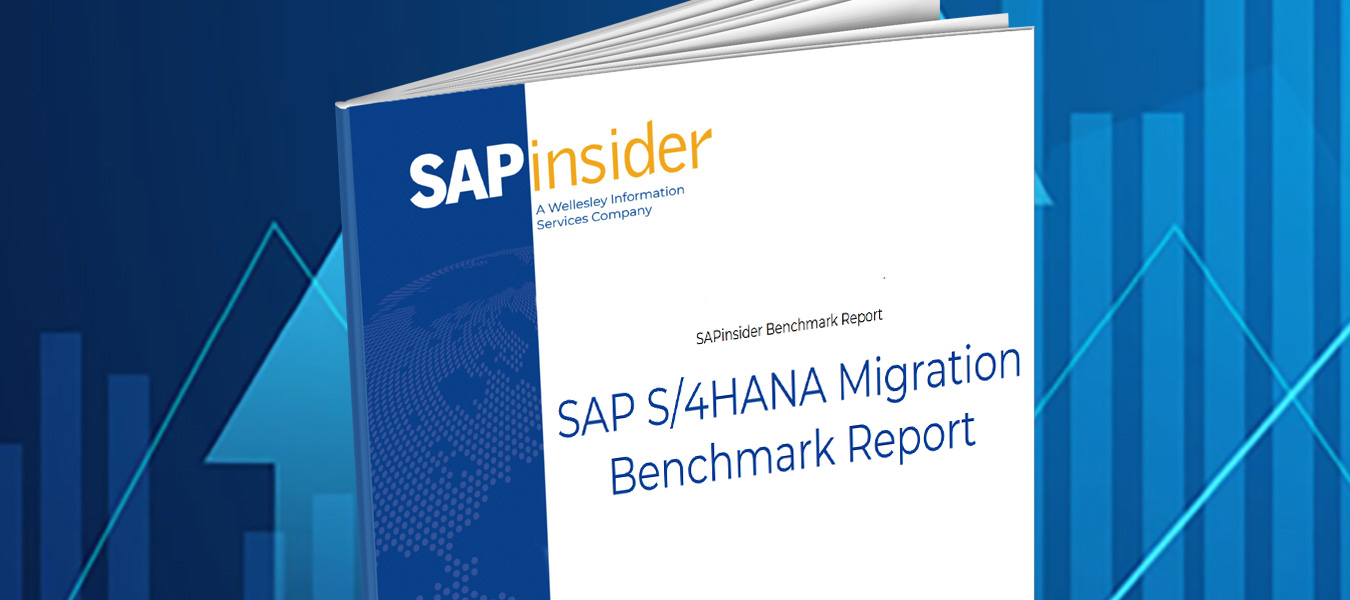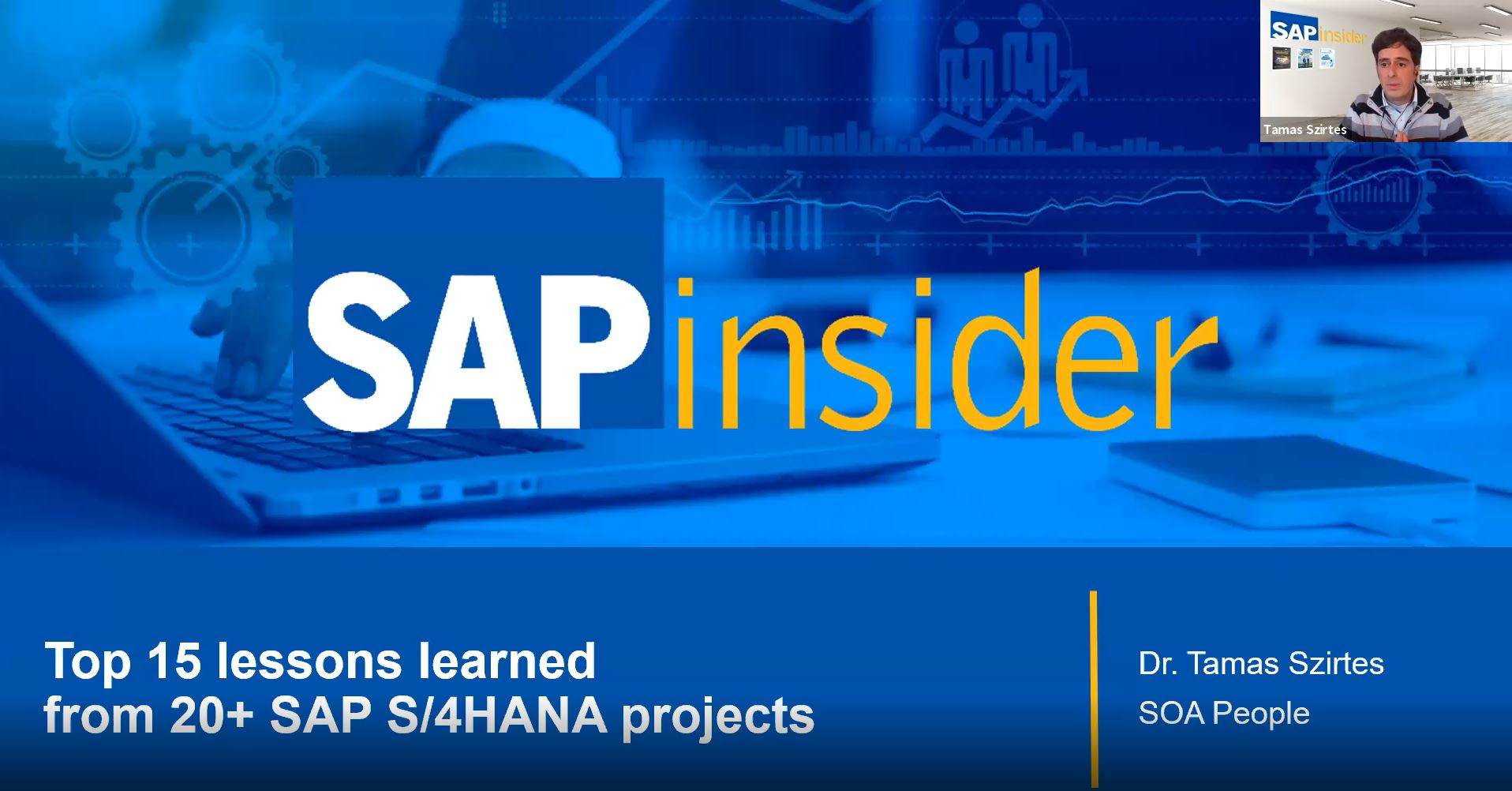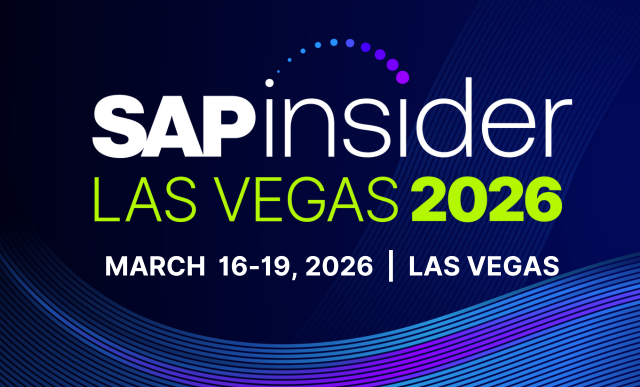Modern Workload Automation Proves Key to Unlocking SAP ROI
Meet the Authors
Key Takeaways
Legacy workload automation tools hinder innovation and contribute to high operational costs, consuming a significant portion of IT budgets on maintenance.
Transitioning to modern, cloud-based workload automation leads to measurable improvements in efficiency and SAP system performance, as demonstrated by companies like Epson and Whitbread.
When evaluating SaaS automation solutions, SAPinsiders should prioritize tools that ensure seamless integration, reduced manual oversight, and address the complexities associated with legacy systems.
Workload automation (WLA) is a fundamental part of enterprise IT, impacting both SAP and non-SAP systems. However, many organizations still depend on outdated job schedulers that hinder innovation, introduce operational risks, and increase costs. A recent Redwood Software white paper explains why enterprises should consider adopting modern, cloud-based automation.
Legacy Tools Consume Time and Resources
According to industry research cited in the paper, as much as 60–80% of IT budgets remain tied up in operations and maintenance. For many organizations, legacy workload automation significantly contributes to this imbalance. Complex scheduling tools built decades ago, often assembled through acquisitions and departmental deployments, create “islands of automation” that require considerable manual oversight.
A key limitation of traditional schedulers is their reliance on a new day concept. Each day needs a pause to clear job histories before operations can restart, causing scheduling gaps that affect SAP ERP and other enterprise systems. Over time, IT teams add more scripts and manual fixes, which increases complexity instead of fixing it.
Explore related questions
Redwood states that these outdated frameworks no longer support the constant demands of digital business. Inconsistent schedules, delays, and fragmented oversight cause inefficiencies and add to technical debt.
Moving to Modern SaaS-Based Automation
Organizations that have moved away from legacy scheduling tools report measurable improvements. Epson, for example, switched from an on-premises solution to Redwood’s RunMyJobs and cut quarterly SAP ERP processing time by more than ten days. Whitbread, the UK’s largest hotel operator, replaced two legacy schedulers and now automates 1.3 million file transfers each month without missing a single transaction.
These results emphasize the advantages of switching to SaaS-based workload automation. Provided as a managed cloud service, modern WLA removes the need for new hardware, simplifies licensing, and allows for on-demand scaling. By replacing multiple tools with a single automation framework, IT leaders can decrease downtime, improve monitoring, and accelerate digital transformation.
What This Means for SAPinsiders
Automation maturity enhances SAP ROI. For technology leaders, transitioning to modern workload automation directly improves the efficiency and stability of SAP systems. As Epson showed, removing legacy processing frameworks can save days of ERP runtime each quarter, freeing up resources for critical business projects. Whitbread’s successful migration proves that even large-scale SAP file transfers can be unified under a SaaS model without causing disruption.
Evaluation criteria should emphasize SAP integration. When evaluating providers, SAPinsiders should focus on tools that enable smooth orchestration across ERP and related applications. SaaS delivery models lower infrastructure costs, but features such as reusable process definitions, 24/7 scheduling without daily pauses, and built-in monitoring are equally important in reducing manual oversight. Phased migrations such as Whitbread’s 11-stage rollout are a best practice for minimizing risk during the transition.
Adoption challenges can be addressed. Resistance to change often comes from the complexity of legacy scripts and processes developed over many years. However, as Redwood’s case studies show, thoughtful planning and vendor-supported migrations can greatly shorten implementation times. For leaders, the main point is that technical debt linked to legacy WLA is not an insurmountable barrier; with the right partner, modernization can be a low-risk, high-reward effort.






